الوصف
معلومات عن المنتج
Made of open weave, light weight, finished selvage edges, cotton bandage impregnated with creamy zinc oxide paste with or without calamine.
- Compression is key!
Mechanically reduces edema.
Improves blood flow.
Increases healing rates.
- Provides topical treatment:
It provides a moist wound-healing environment over a leg ulcer.
Reduce infection.
Helps to reduce skin irritation.
Comfortable, soothes and protects surrounding skin.
Calamine presence results in preventing skin itching and irritation.

Non-fray edge reduces the amount of fibers shed into the wound.
No preservatives to cause sensitization.
Can be used in conjunction with compression therapy.
Presence of calamine reduces itching and adds soothing properties.
Contains zinc oxide, which has anti-inflammatory and antimicrobial properties and contributes to the wound healing process.
Easy to apply and remove, providing easy trauma-free dressing changes.
It will not dry out in use.
Dressings don’t have to be changed daily but last seven days unless drainage becomes apparent earlier.
Venous stasis ulcers, some selected eczematous eruptions, lymphatic edema, thrombophlebitis, minor fractures, sports injuries, sprains and strains and burns.
- Hypersensitivity to an ingredient of the paste and acute eczematous lesions.
- Avoid use on grossly macerated skin.
3 years
How To Use

- Wash your hands and put on gloves.
- Assess the ulcer and skin. Assess the ulcer size, drainage & appearance.
- Clean the affected area gently with sponge and cleaning agent. Rinse with normal saline solution.
- Position the patient’s leg in a slightly flexed position.
- Apply Unnaplast® in a circular motion from the foot to the knee. The wrap should be snug but not tight. To cover the area completely, be sure each turn overlaps the previous one by half the bandage’s width.
- Continue wrapping the patient’s leg up to the knee, using firm even pressure. Mold the boot with your free hand as you apply the bandage to make it smooth.
- Apply an elastic or cohesive bandage to secure dressing and maintain compression.
- Observe the patient’s foot for signs of impairment, such as cyanosis, loss of feeling, or swelling. (This indicates that the bandage is too tight and should be rewrapped.)
- Leave the boot on for 5 to 7 days, or as ordered by the physician.
- Remove the boot with a sterile tongue blade and bandage scissors or scalpel.




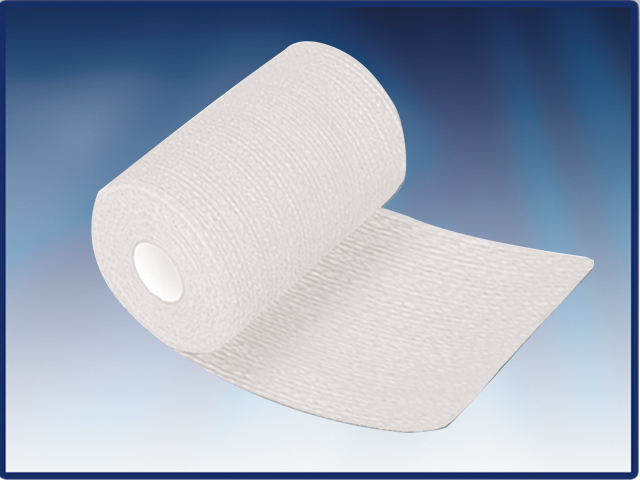
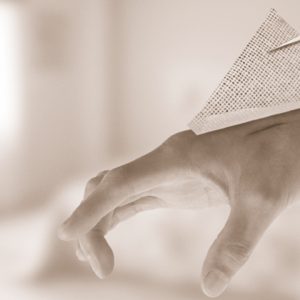
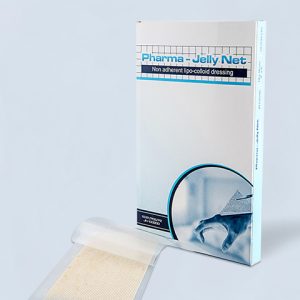
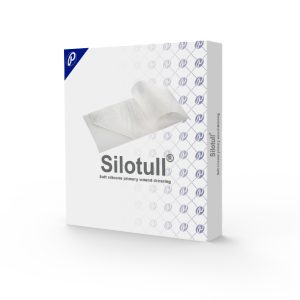
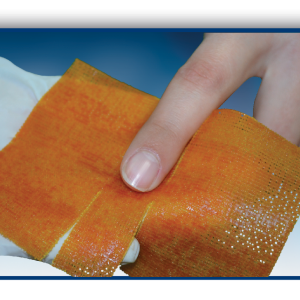
المراجعات
لا توجد مراجعات بعد.